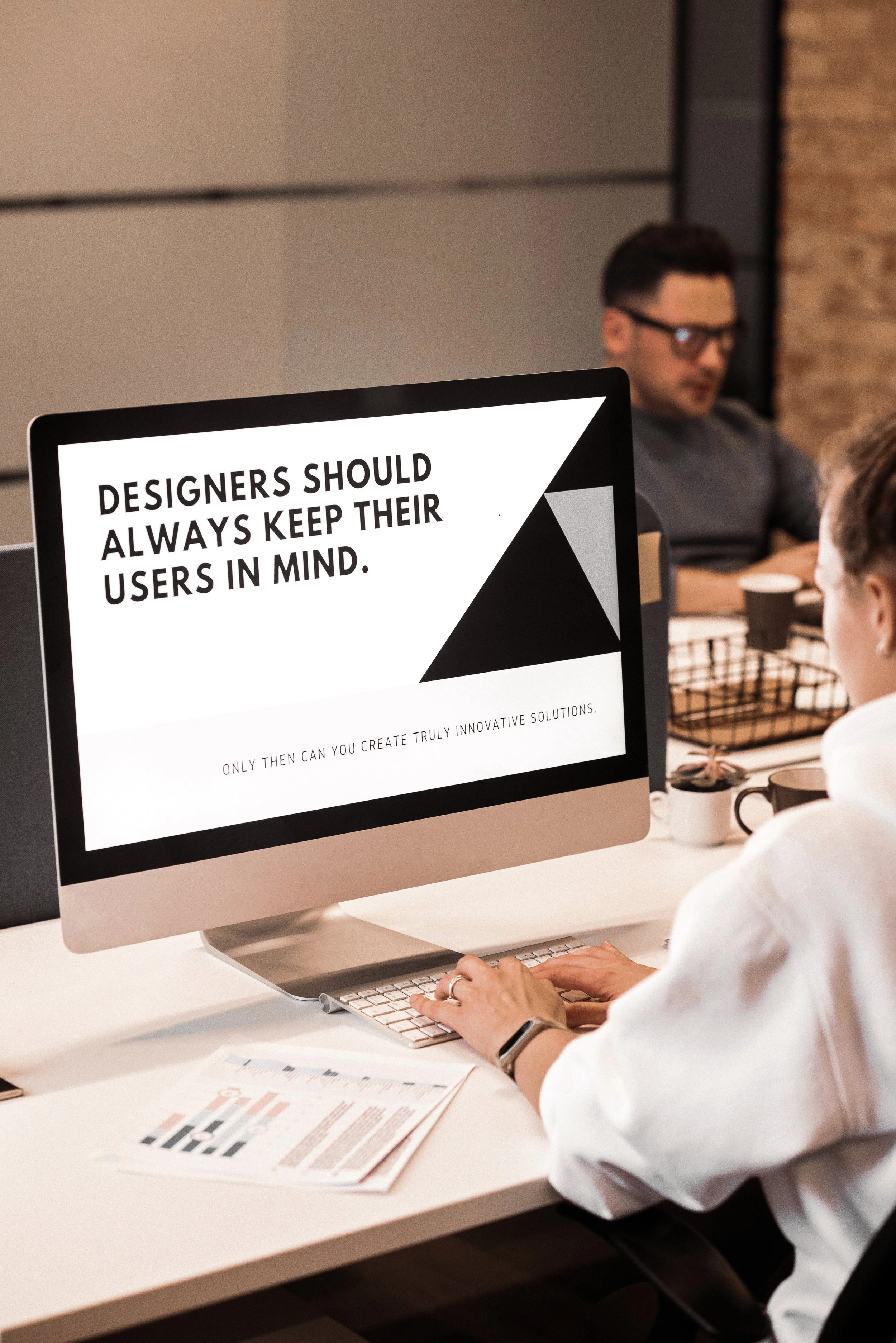
How do users interact with your designs?
Gain rich product insights with UX Prototyping

What is UX Prototyping?
Prototypes are simulations or sample versions of a final product that can be used for testing and validating ideas with potential users or stakeholders before the final designs are concluded for development.
You can use UX Prototyping to:
Preview user interactions and user flows before final designs are passed to the engineers
Share and iterate on ideas
Receive feedback from collaborators
Present ideas to stakeholders
Uncover design flaws and gather detailed feedback from users
While Figma is our UX Prototyping tool of choice, we are familiar with most leading prototyping tools and can accommodate your preferences. )

Reasons for UX Prototyping
The goal of a prototype is to test the user flow of a near-complete design solution and to gather feedback from external and internal parties before the final product is built. There are several benefits to this approach:
Savings in development costs: The design team can iterate on the design based on user feedback before the final product is developed, which saves time and money.
Align stakeholders on ideas: Team members and users can view a product that is close to completion and gain insight into how the product will look and function.
Validate early concepts: Potential users can interact with the prototype and validate ideas or highlight areas that aren't user-friendly before your app designs are finalised.
Different Types of Prototying
There are three types of UX prototyping methods, each with a different level of detail and functionality. Lower fidelity designs have the most basic elements of the final design, while higher fidelity designs closely resemble the final product. The type of prototyping we will use depends on your goals and requirements.
Low Fidelity
Low-fidelity prototypes contain the bare minimum visual details and are usually used to help other team members understand the concept. Product teams can use low-fidelity designs to test ideas before committing to a specific approach. This works very well in the early stages of the app design process. You can easily design a low-fi prototype during a simple brainstorming session.
Mid Fidelity
Mid-fidelity prototypes have limited functionality but several clickable areas that present the navigation possibilities and interactions of an application. These prototypes are usually built on storyboards or user scenarios. A basic visual design is created for each action step. As a mid-fidelity prototype has some functionality, it makes it easier for stakeholders to make decisions and create processes based on its features.
High Fidelity
High-fidelity prototypes closely match the final app design and use content, various visual styles, and interactive animated transitions. Visually, these prototypes have almost the same level of detail as a market-ready product. These are the most complex prototypes and require the use of digital prototyping tools. You can use hi-fi prototypes to evaluate visual designs and aesthetics.
About our UX Prototyping Service
01
Free Discovery Meeting
During our first meeting, we'll discover exactly what you need from us, where you are in your design or ideation process and what your goals are so we can bring together the most valuable testing plan.
02
Design and Iterations
We will either take designs you already have or develop concepts for testing that can be used to validate your hypotheses. The prototype scale and tools we use will depend on your product specifics. We take care of the end to end process and can coordinate lookalike participant recruitment should you not have Users to test your protoype with.
03
Findings and Delivery
We'll stress test your prototype with a lookalike user audience until you have a validated UX prototype that resembles the version of your product, including all the functional interface elements and behaviour required to ensure product success.
Details
Location: Remote – we execute your UX Prototyping 100% remotely
Duration: Dependent on your existing assets, the scope of the UX prototyping required and your requirements.
Scheduling: We aim to start your project within a few business days
Participation: For best results, and depending on the project, we love to see all members of your team help us to connect with your end-user base.




